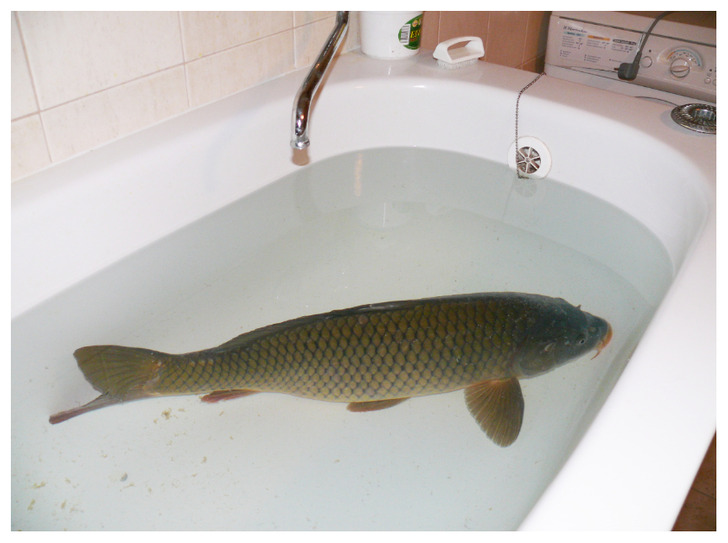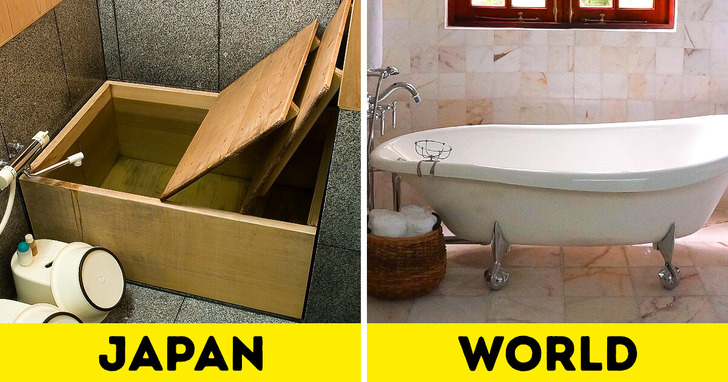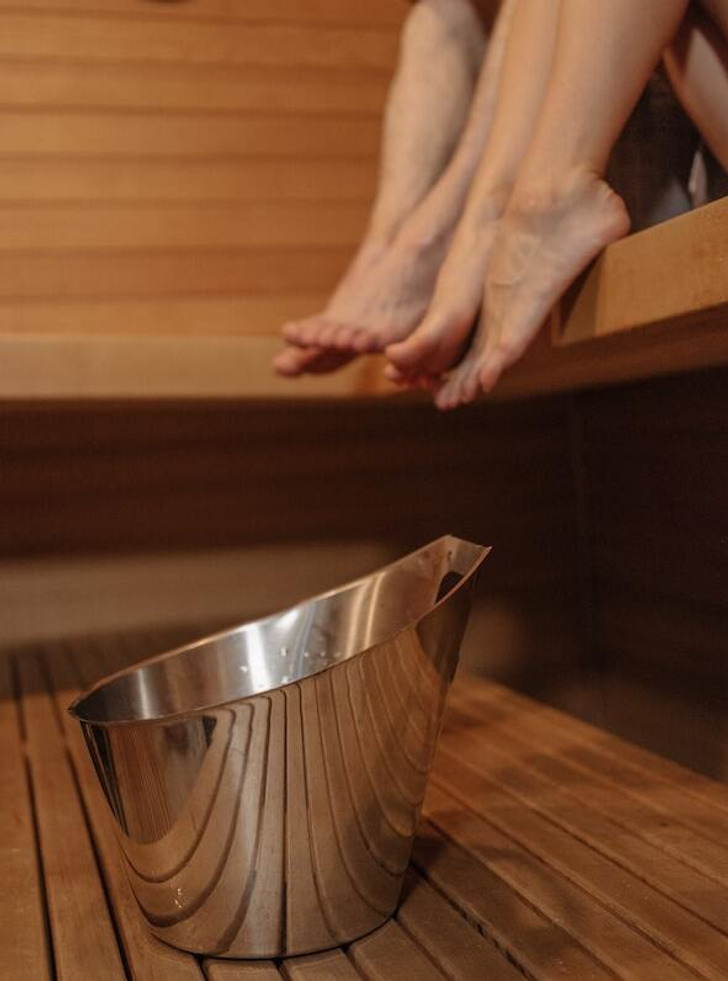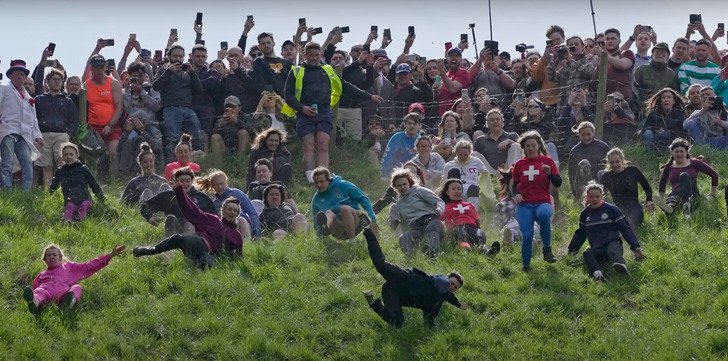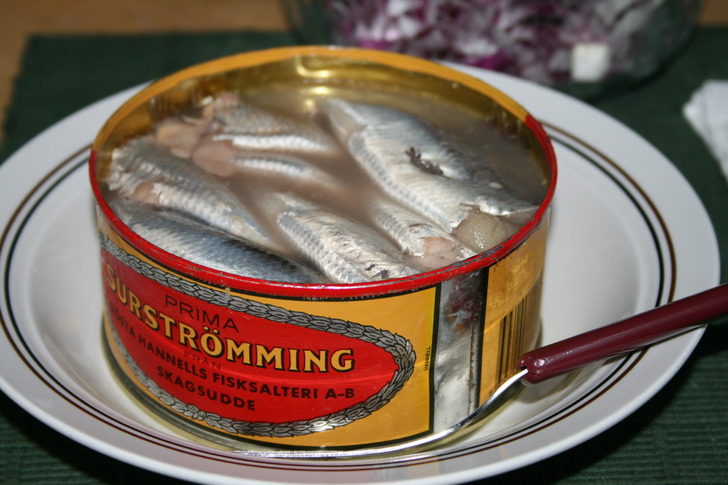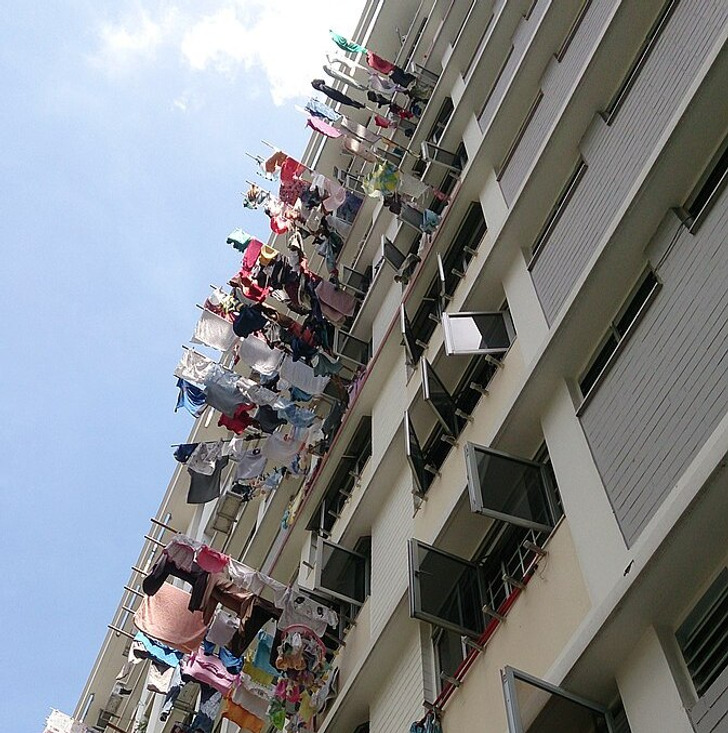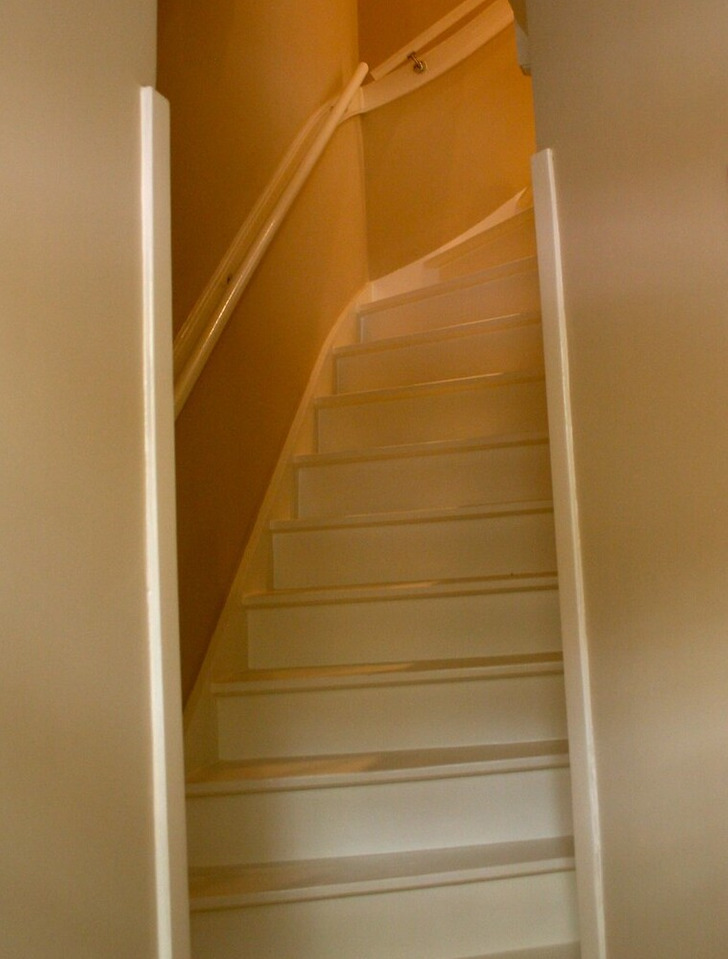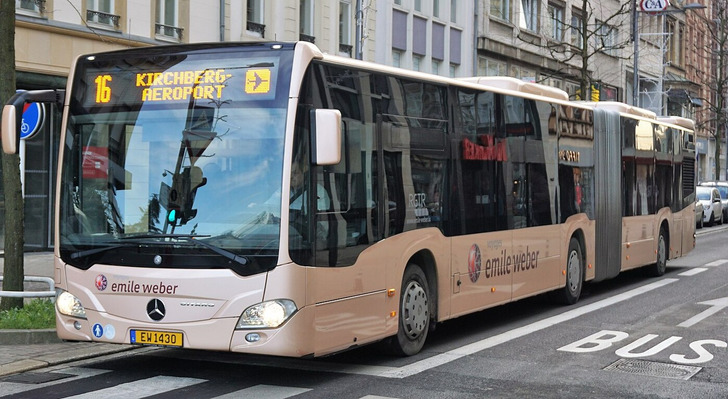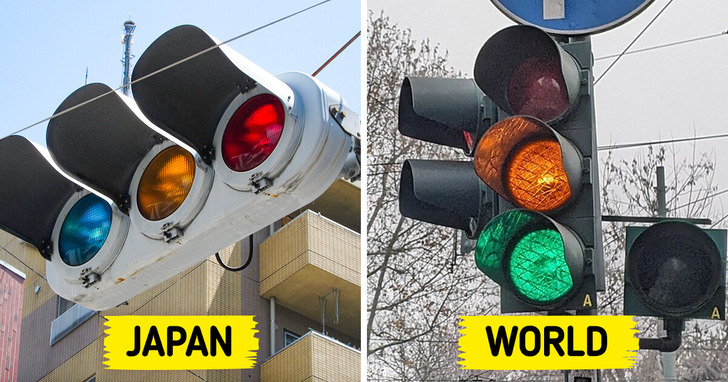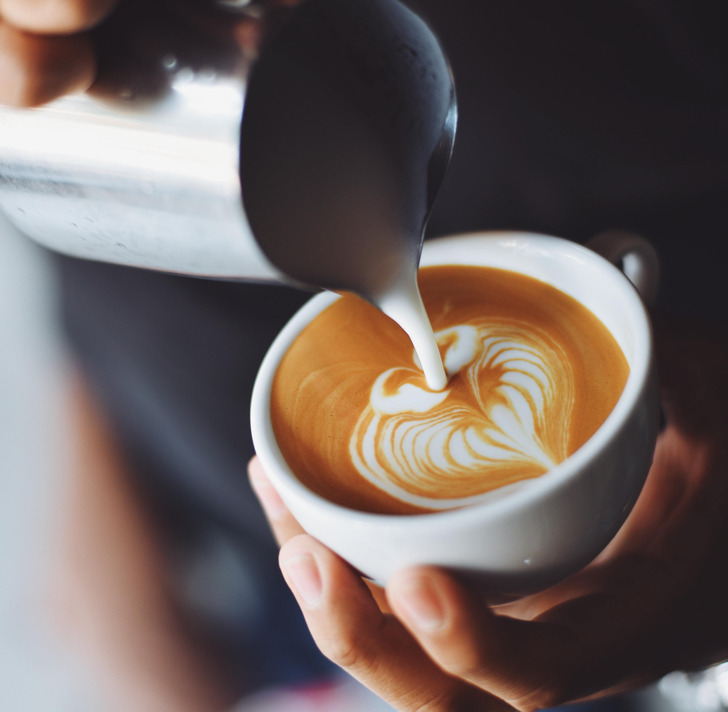Not just in Singapore, there're many Asian countries use bamboo as drying rail....like Hongkong
10 Things That Are Considered ’Normal’ in Other Countries but May Seem Odd to Us
There are over 190 countries spread across the globe, and each of them has its own unique cultural code. Although stereotypes may familiarize us with certain cultural aspects, there are many facts that can only be truly grasped through firsthand experience in a new country. We prepared a compilation of intriguing facts from various countries around the world, bringing the knowledge to your fingertips.
1. In Slovakia Christmas dinner starts in the bathtub.
There is a unique Christmas tradition in Slovakia. People are letting the carp, which is meant for dinner, swim in the bathtub for a few days. This practice helps the carp cleanse its digestive system because it is a bottom feeder. So, during this time, people don’t take baths unless they want to share the tub with a fish.
2. Wooden bathtubs are used in Japan.
3. It’s forbidden to wear swimsuits in a German sauna.
4. People in the United Kingdom have a competition to roll after a giant cheese wheel.
Now officially an extreme sport, the Cooper’s Hill Cheese Roll is a competition where people race down the 200-yard hill chasing a giant wheel of cheese. There are several theories as to where this tradition came from. Some say it was all about claiming grazing rights on the common and land around Cooper’s Hill, others believe it could have been a fertility ritual.
5. Rotten fish is a traditional food in Sweden.
Since the 16th century, lightly salted and fermented Baltic Sea herring has been a part of Swedish cuisine. Before being sealed and sold in tins, the fish undergoes a two-month fermentation process in a salty brine. This fermentation gives the fish a strong rotten egg smell.
6. Bamboo poles are used as drying rails in Singapore.
In Singapore, a unique method called the pipe-socket system is used for drying laundry. This system involves attaching clean clothes to bamboo poles, which are then inserted into sockets outside kitchen windows, similar to flagpoles. The pipe-socket system is commonly found in older public housing estates, where the majority of the population resides.
7. In the Netherlands, stairs are usually very steep and narrow.
To some foreigners, staircases in the Netherlands may appear more like a safety hazard than anything else. This is due to the historical construction style where buildings were designed to maximize vertical space instead of horizontal space, saving every possible centimeter.
8. Luxembourg’s public transportation is free.
9. Traffic lights in Japan seem to be blue.
Initially, Japan’s traffic lights were green as international traffic law decrees. Despite this, the country’s official traffic documents referred to green traffic lights as “ao” (blue) rather than “midori” (green). “Midori” is a rather new word to describe color, so it was never used in official documents before. Japanese linguists demanded that the mistake be corrected, and the government found a compromise.
They mandated the use of the bluest shade of green possible for traffic lights, satisfying international regulations while still allowing the continued use of the term “ao.” So, despite appearances, Japan’s traffic lights are technically blue-green. It’s a bureaucratic solution that worked.
10. Italians don’t drink cappuccino after 11 a.m.
In Italy, cappuccino is typically enjoyed in the mornings. Italian breakfasts are usually small and sweet, and the generous amount of milk in a cappuccino serves as a mini-meal on its own. The richness of the cappuccino complements the small amount of food typically consumed during the early hours of the day.
If you want to get to know other interesting facts, for example how you can cross from one continent to another in 3 minutes, our article will help you with this.
Comments
Italians DO drink cappuccino after 11am
Whatta you mean? I drinka cappuccino after 11am anda I ama Italiana.
Related Reads
14 People Who Will Never Look at Life With the Same Innocent Eyes

15 Things That Are a Lot Bigger Than Our Puny Imaginations
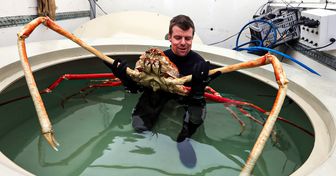
13 People Who Dared to Wear Outfits No Ordinary Human Would Choose
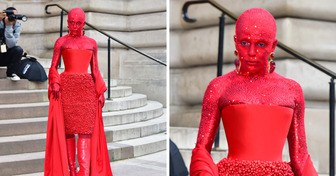
22 Children Who Turned Parental Embarrassment Into Stand-Up Comedy

I Kicked All My Bridesmaids Out of My Wedding and I Don’t Want to See Them Ever Again
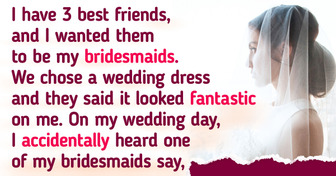
12 True Events That Sent Shivers Down Our Spines

17 Stories About Christmas Parties That Ended Up in Disaster

12 Plot Twists So Insane, Even AI Couldn’t Predict Them

11 Stories of People Who Experienced a Glitch in the Matrix

I Discovered the Shocking Reason My Fiancé Decided to Marry Me

16 People Shared Secrets That They Keep Away From Their Loved Ones

My Boyfriend Thinks I’m Responsible for His Daughter, I’ve Reached My Limit

